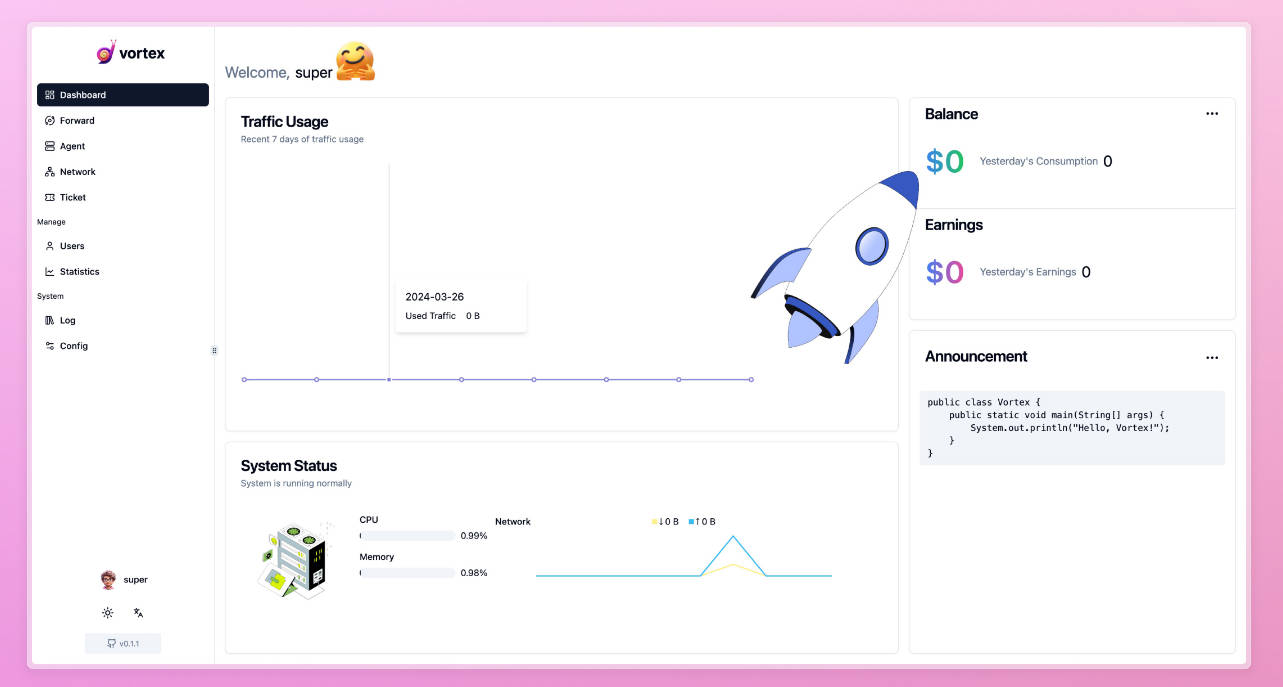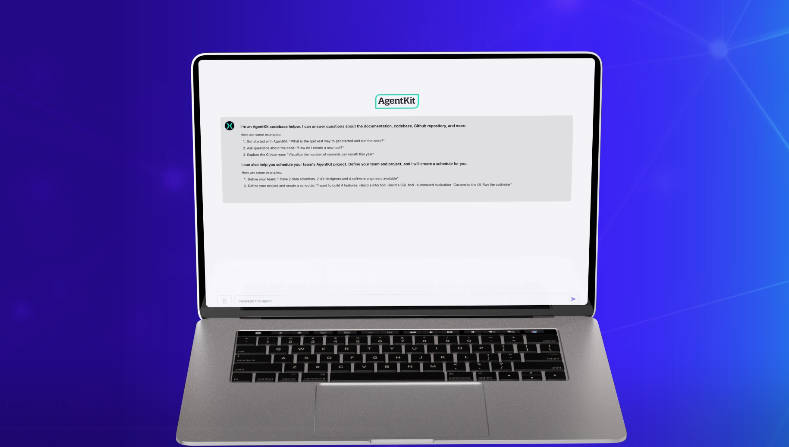Laravel Breeze – Next.js Edition ?️
? Under development. Releasing soon.
Introduction
This repository is an implementing of the Laravel Breeze application / authentication starter kit frontend in Next.js. All of the authentication boilerplate is already written for you – powered by Laravel Sanctum, allowing you to quickly begin pairing your beautiful Next.js frontend with a powerful Laravel backend.
Installation
First, create a Next.js compatible Laravel backend by installing Laravel Breeze into a fresh Laravel application and installing Breeze’s API scaffolding:
# Create the Laravel application...
laravel new next-backend
cd next-backend
# Install Breeze and dependencies...
composer require laravel/breeze
php artisan breeze:install api
# Serve the application...
php artisan serve
Next, clone this repository and install its dependencies with yarn install or npm install. Then, copy the .env.example file to .env.local and supply the URL of your backend:
NEXT_PUBLIC_BACKEND_URL=http://localhost:8000
Finally, run the application via npm run dev. The application will be available at http://localhost:3000:
npm run dev
Note: Currently, we recommend using
localhostduring local development of your backend and frontend to avoid CORS “Same-Origin” issues.
Authentication Hook
This Next.js application contains a custom useAuth React hook, designed to abstract all authentication logic away from your pages. In addition, the hook can be used to access the currently authenticated user:
const ExamplePage = () => {
const { logout, user } = useAuth({ middleware: 'auth' })
return (
<>
<p>{user?.name}</p>
<button onClick={logout}>Sign out</button>
</>
)
}
export default ExamplePage
Note: You will need to use optional chaining (
user?.nameinstead ofuser.name) when accessing properties on the user object to account for Next.js’s initial server-side render.





